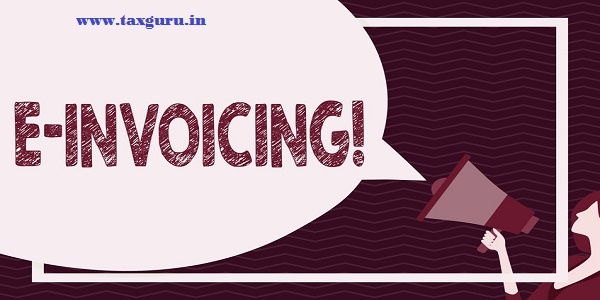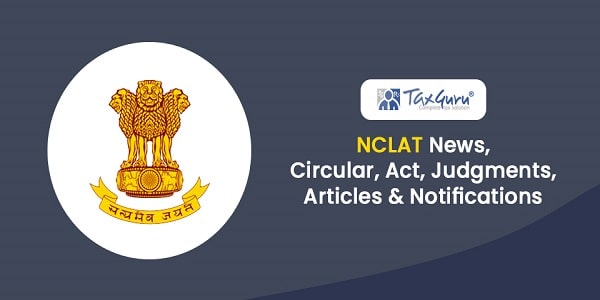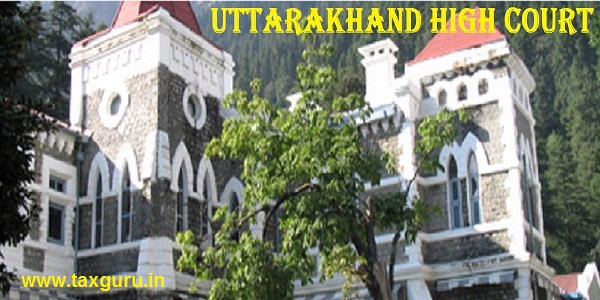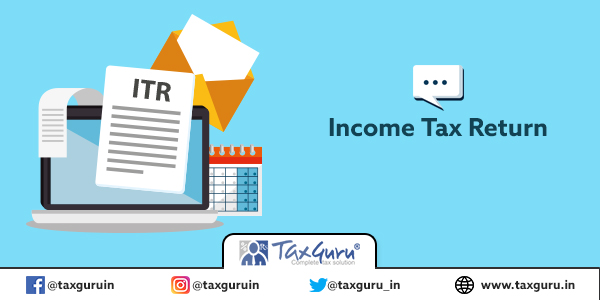Article explains Who required to generated E-invoice under GST, Basic terms related to E-invoice under GST, Why we need to generate E-invoice under GST and Important point to be considered while Generating E-invoice under GST.
Page Contents
1. Who required to generated E-invoice under GST
- Mandatory – As per notification 70/2019 dated: 13/12/2019 E-INVOICE rules apply if, a registered person whose turnover in a financial year exceeds 100 crs. Would be required to generate E-INVOICES on and after 01/04/2020. At this initial stage e-invoice only mandatory for B2B transactions.
- Optional – for Trail purposes government set two timelines-
- A Registered person can generate E-INVOICE from 01/01/2020 optional basic if turnover more than 500 crs.
- A Registered person can generate E-INVOICE from 01/02/2020 optional basic if turnover more than 200 crs.
*Turnover means “Aggregate Turnover” PAN India wise not GSTIN.
Note: Export, B2C and Bill of supply transactions are out of scope on E-invoice even if register person turnover is more than 100 crs.

IRN (Invoice reference number): This is a system-generated number. IRN is a mix of Invoice No., GSTIN & finance year. This number can not be more than 50 as per schema provided by the government.
IRP(invoice registration portal): This is a government portal similar to https://ewaybill.nic.in for E-WAY bill. The government does not want to take any chance and expected that there will not be a situation of server down or delay in the generation of IRN to handle this problem government notified 10 sites for E-INVOICE.
| (i) www.einvoice1.gst.gov.in; | (vi) www.einvoice6.gst.gov.in; |
| (ii) www.einvoice2.gst.gov.in; | (vii) www.einvoice7.gst.gov.in; |
| (iii) www.einvoice3.gst.gov.in; | (viii) www.einvoice8.gst.gov.in; |
| (iv) www.einvoice4.gst.gov.in; | (ix) www.einvoice9.gst.gov.in; |
| (v) www.einvoice5.gst.gov.in; | (x) www.einvoice10.gst.gov.in. |
3. Why we need to generate E-invoice under GST?
India is ready to adopt E-invoicing from 01/01/2020. Fasting moving toward to five trillion dollar economy and increased volume of business transactions undertaken every day this is gonna be a very big task. Currently, India doesn’t follow any standardised formats for invoice generation. The main objective of E-INVOICE is to make an ecosystem and stop fake invoices.
Businesses may have several reasons to use e-invoicing. Commercial considerations are likely to drive a company’s decision to adopt e-invoicing, as the administrative costs and processing times for issuing and processing electronic documents are typically far lower than those for traditional paper documents. The savings come not only from reducing printing and postage costs but also from adopting integrated processes for all invoice-related tasks.
The e-invoice system will help to curb the actions of unscrupulous taxpayers and reduce the number of fraud cases as the tax authorities will have access to data in real-time.
E-Way bill only keep eyes on moving of goods but E-invoicing covered goods as well as services also. As many professionals expect that in a very short period both E-waybill should interchangeable by E-Invoice. The government already take the incentive to integrate the E-invoice and part A of the e-waybill where the user just needs to generate e-invoice and respective E-waybill part A is auto-fill by the system.
Already more than 60 countries adopted the E-invoice. E-invoicing improved collection and improve the ranking of tax collection and ease of business. For ease of business as IRP integrated with GSTN or E-Way bill portal with this service clerical errors could be minimum. E-invoice data auto-populate in ANX-1 and the same will reflect in ANX-2 of the recipient.
4. Important point to be considered while Generating E-invoice under GST
- What type of Document covered under E-Invoice?
- As per the schema scope of IRN is very limited. IRN covered only tax effect documents such as Tax Invoice, Credit note & debit note. We have also other document types in GST but as per current schema register person not required to generate e-invoice for receipt voucher, payment voucher, bill of supply, self invoice & delivery challan.
- Invoice type can be – Regular, SEZ supplies with payment, SEZ supplies without payment, deemed exports, sale from the bonded warehouse, export without payment of tax, and export with payment of tax.
2. Many of taxpayer still doubt that after IRN manual or ERP(tally) an invoice will continue of not?
- Manual or tally invoices continue after IRN, the user just need to upload such details on the portal(IRP) similar to e-way bill. Also in the E-invoice schema government asked for original invoice no. as well as the invoice date. This means IRN is just an additional compliance burden to specify taxpayers.
3. After E-invoice Register person still need to follow Rule 46?
- covered all the rule 46 parameters but rule 46 is applicability is difference than rule 48(4). Rule 46 applies on the all the register person but E-invoice applies on notify persons. IRN generation means the government has received information its does not take away any responsibility of supplier head related to rule 46.
- on the invoice is a requirement under rule 46. Mere generated the E-invoice does not mean reduce any supplier responsibility. Supplier still needs to sign the regular invoice and continues to maintain invoices.
4. How many line items allow by E-invoicing?
- up to 250 line items allow by IRP. That’s the business call what they prefer if line items are more than 250-
They can consolidate E-invoice by HSN and Rate wise
or broke the invoices
- government still rethink to extend this limited to 999 line items.
5. Can once IRN generated invoice cancel?
Once IRN generated an invoice can be cancelled within 24 hr. but the user cannot generate again the IRN on the same invoice number.
- What validation use on the E-invoice portal?
- does not want to compromise with the speed of the IRP, due to this government only put one validation on the IRP is check duplicate invoice number. But if we look at the invoice in GSTR-1 IGST auto-selected if the buyer is SEZ unit.
6. Correction in IRN is possible?
- the taxpayer can cancel IRN within 24 hrs. or can generate credit note against such invoice. IRN does not have any validation so the taxpayer needs to be very careful before generating any IRN because rectification is not possible. Credit note does not need to link with the original invoice for the generation of E-invoice of the credit note.
7. How or when IRP integrates with GSTN or NIC?
- already specify that during the trial period(01/01/2020 to 31/03/2020) no data will be Exchange between IRN to GSTN or NIC. On and after 01/04/2020 IRP integrate with other portals which helps the user to auto-fill E-waybill part A details as well as GSTR-1 data.




























>>Length of IRN need to be a 64 digits string based on SHA256 algorithm.
Further, it needs to be generated basis the document type, document number, seller GSTIN and financial year.
Example :
– HASH of “01AAAAB1234C1Z02019-20INVAB1234” is
35054cc24d97033afc24f49ec4444dbab81f542c555f9d30359dc75794e06bbe
API released by GSTN mandates B2B, B2G, Export,E-comm Operators and RCM transaction for e-invoicing purpose.
E-invoicing not required for Bill of Supply, Delivery Challan and Job Works